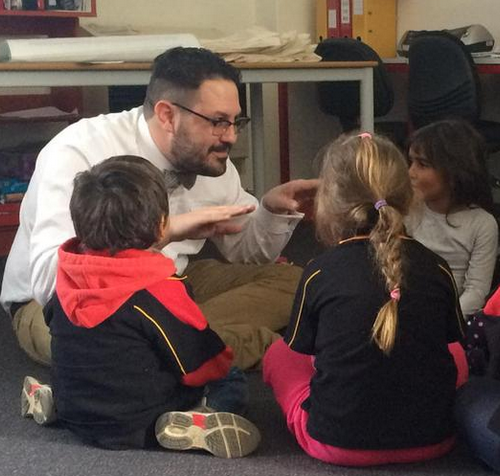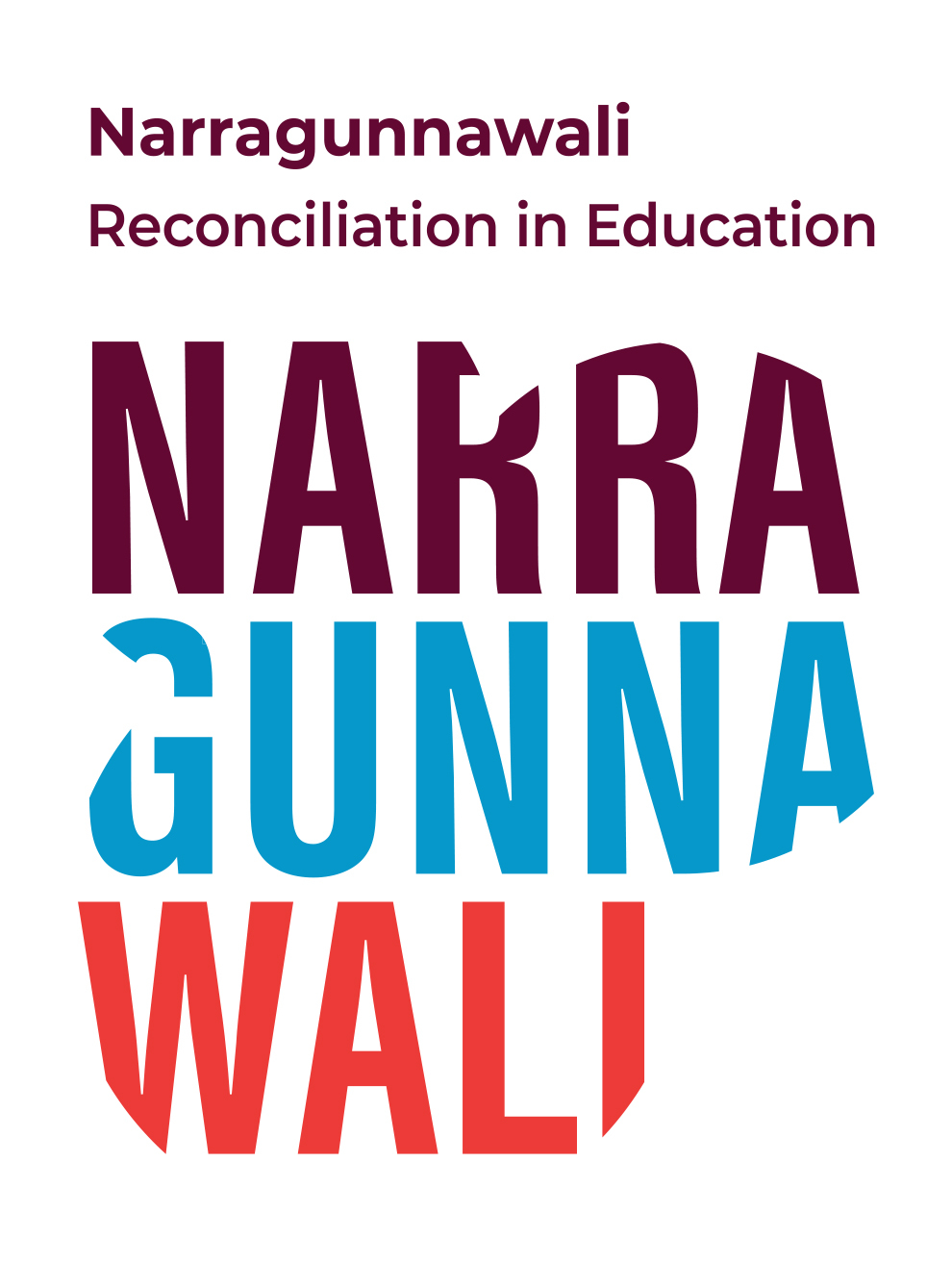Having Aboriginal and Torres Strait Islander people present in classrooms is vital when teaching about Aboriginal and Torres Strait Islander histories and cultures. This is especially meaningful when local perspectives are shared from the place students and children are living and learning.
Non-Indigenous people may not have the authority to speak about certain aspects of Aboriginal and Torres Strait Islander histories and cultures, and cannot speak for or about the experiences of Aboriginal and Torres Strait Islander people. Therefore, some learning experiences should always be led by Aboriginal and Torres Strait Islander people.
Aboriginal and Torres Strait Islander people can provide guidance and advice to non-Indigenous teachers and educators about how to embed Aboriginal and Torres Strait Islander perspectives in learning activities appropriately, or when it is necessary that learning activities are led by an Aboriginal or Torres Strait Islander person. Often there are already Aboriginal and Torres Strait Islander people working in schools and early learning services that may be interested in specifically spending time in classrooms, such as teachers, educators, administrative staff or Indigenous Education Workers (IEWs).
Members of the community – including parents and family of students and children – may also be interested in spending time in classrooms with students and children. Guests may bring with them unique skills and knowledge that can be shared with students and children. Spending time getting to know your community may reveal these skills and potential classroom relationships can develop from this. Students and children will also enjoy the opportunity to build relationships with, and learn from, people other than their regular teachers.


